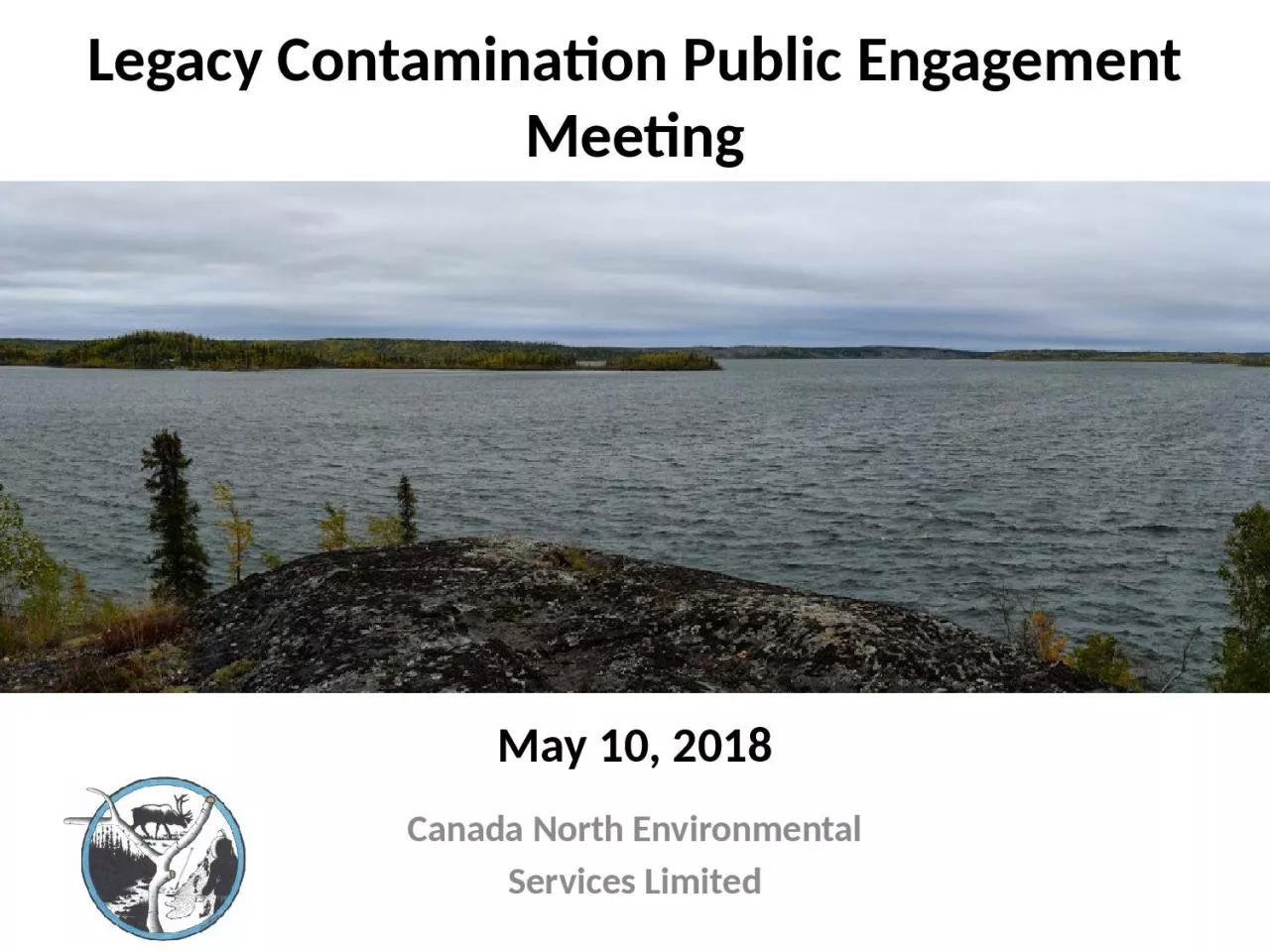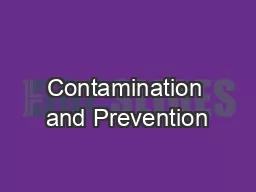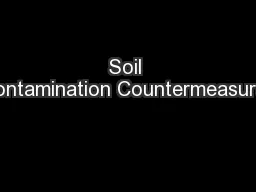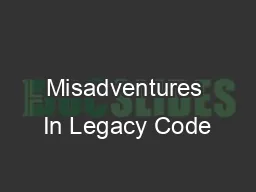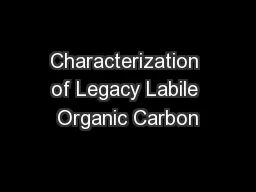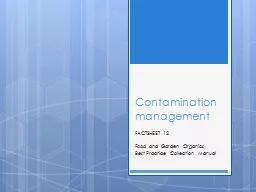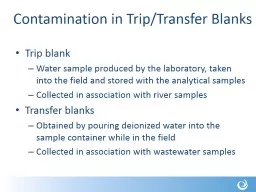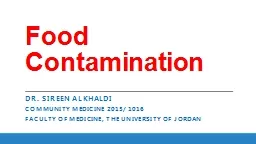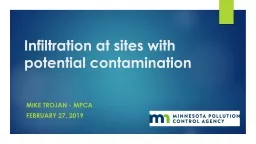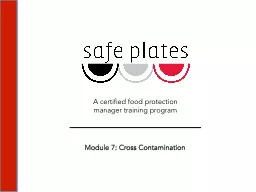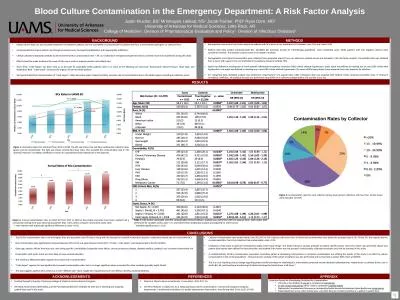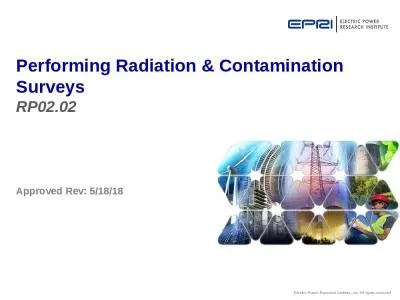PPT-Legacy Contamination Public Engagement Meeting
Author : Daredevil | Published Date : 2022-08-04
Canada North Environmental Services Limited May 10 2018 Background The Government of Northwest Territories GNWT and Indigenous and Northern Affairs Canada INAC
Presentation Embed Code
Download Presentation
Download Presentation The PPT/PDF document "Legacy Contamination Public Engagement M..." is the property of its rightful owner. Permission is granted to download and print the materials on this website for personal, non-commercial use only, and to display it on your personal computer provided you do not modify the materials and that you retain all copyright notices contained in the materials. By downloading content from our website, you accept the terms of this agreement.
Legacy Contamination Public Engagement Meeting: Transcript
Download Rules Of Document
"Legacy Contamination Public Engagement Meeting"The content belongs to its owner. You may download and print it for personal use, without modification, and keep all copyright notices. By downloading, you agree to these terms.
Related Documents

